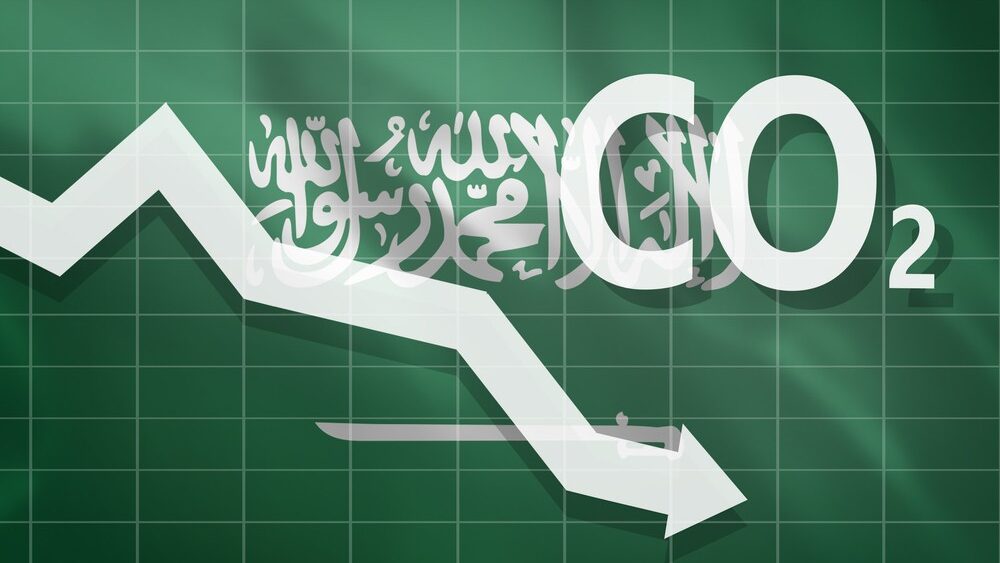Saudi Arabia’s Circular Carbon Economy: A Model for Global Emission Reduction
In recent years, Saudi Arabia has emerged as a leader in addressing climate change through its innovative Circular Carbon Economy (CCE) Framework. Introduced during the Kingdom’s G20 presidency in 2020, this comprehensive strategy aims to manage carbon emissions effectively while ensuring sustainable economic growth.
Understanding the Circular Carbon Economy
The CCE Framework is built upon four key principles, often referred to as the 4Rs:
- Reduce: Minimizing carbon emissions by enhancing energy efficiency and investing in renewable energy sources.
- Reuse: Utilizing carbon emissions in various industrial processes, transforming waste into valuable resources.
- Recycle: Converting carbon emissions into new products, promoting a closed-loop system that reduces waste.
- Remove: Implementing technologies and natural solutions to capture and store carbon emissions effectively.
By integrating these principles, the CCE aims to create a sustainable system that addresses carbon emissions holistically, balancing environmental responsibility with economic development.
Saudi Arabia’s Commitment to Net-Zero Emissions
In 2021, Saudi Arabia announced its ambitious goal to achieve net-zero carbon emissions by 2060. This commitment underscores the Kingdom’s dedication to combating climate change and aligns with global efforts to limit global warming. The CCE Framework serves as a cornerstone in this endeavor, providing a structured approach to manage and reduce carbon emissions across various sectors.
Initiatives and Investments Under the CCE Framework
Saudi Arabia has launched over 30 initiatives under the CCE Framework, focusing on different aspects of carbon management:
- Renewable Energy Investments: The Kingdom is transitioning its energy mix towards sustainability, aiming for 50% renewable energy. This shift involves significant investments in solar and wind energy projects to reduce reliance on fossil fuels.
- Carbon Capture and Storage (CCS): Implementing technologies to capture carbon emissions from industrial processes and store them underground, preventing their release into the atmosphere.
- Afforestation Projects: The Saudi Green Initiative plans to plant billions of trees across the country, enhancing carbon sequestration and restoring degraded lands.
- Waste-to-Energy Programs: Converting waste materials into energy sources, reducing landfill use, and lowering methane emissions.
NEOM: A Living Laboratory for the CCE
NEOM, Saudi Arabia’s futuristic city, exemplifies the practical application of the CCE principles. Designed as a zero-carbon city, NEOM integrates smart energy systems, sustainable infrastructure, and innovative technologies to create an environmentally friendly urban environment. This project serves as a model for sustainable development, showcasing how urban centers can operate within the CCE framework.
Global Recognition and Collaboration
The international community has recognized Saudi Arabia’s efforts in promoting the CCE. During the G20 Leaders’ Summit in Riyadh, the framework received endorsement as a sustainable and cost-effective approach to address climate change. Saudi Arabia continues to collaborate with global partners, sharing knowledge and technologies to advance the implementation of the CCE worldwide.
Challenges and Future Outlook
While the CCE Framework presents a promising pathway toward emission reduction, challenges remain. Developing and deploying carbon capture technologies at scale, ensuring economic viability, and achieving behavioral change across industries and society are significant hurdles. However, Saudi Arabia’s proactive approach, substantial investments, and commitment to innovation position the Kingdom to overcome these challenges and set a global benchmark for sustainable carbon management.
Conclusion
Saudi Arabia’s Circular Carbon Economy Framework represents a transformative approach to managing carbon emissions, balancing environmental sustainability with economic growth. By adopting the 4Rs—Reduce, Reuse, Recycle, Remove—the Kingdom is not only addressing its own carbon footprint but also providing a scalable model for the global community. As the world grapples with the pressing issue of climate change, Saudi Arabia’s initiatives offer valuable insights and strategies for achieving a sustainable, low-carbon future.
Do follow gulf magazine on Instagram
for more information click here



